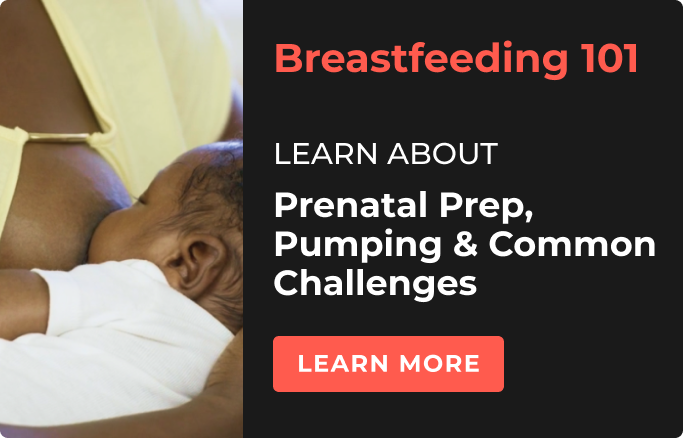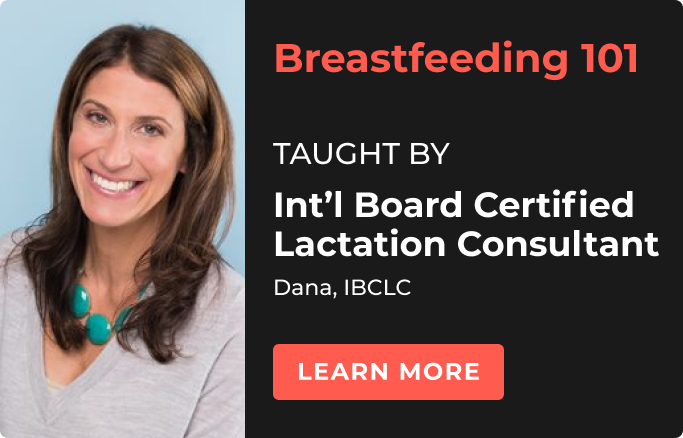Pumping and storing breastmilk is a great way for breastfeeding parents to gain a little flexibility and freedom, have partners help out with feeding baby, and ensure the breastfeeding parent can go back to work and still provide baby with breastmilk. We know the internet has a lot of conflicting information on all the rules around this topic so we've compiled this list of tips based on the recommendations from the latest research and leading experts. This way, there's no uncertainty or guessing if your milk is still safe for baby!
1. The fresher, the better. Human milk is a fresh, living substance and so some of its nutrients and health properties change with storage. This just means you should try and use the oldest milk in the refrigerator or freezer first, so you don’t have milk sitting there for too long. See the table at the bottom of this article for the optimal amount of times you should be storing milk. (Just keep in mind that frozen breast milk is still a good option! Stored human milk maintains its unique qualities, so much so that it remains the gold standard for feeding.)
2. When freezing milk, don’t forget to leave a little space at top of the container to allow for the expansion that will occur in the freezer.
3. Freeze in small increments. Infants generally drink 2-4 ounces at a time, so store milk in varying small increments in order to minimize waste. (You can’t save breast milk once your baby has drunk from it; more on that below.) Don’t forget to label the milk container with the date (and baby’s name if used at daycare).
4. To defrost breast milk, use one of these three options:
- Place it in the refrigerator overnight.
- Run it under warm water.
- Place it in a container of warm water.
- Defrosting or warming human milk in the microwave is not recommended. Studies have shown that microwaves heat unevenly. This can result in "hot spots" that can scald a baby's mouth and throat.
5. Discard the remaining milk once your baby has fed. Once a baby begins drinking expressed human milk, some bacterial contamination occurs from the baby’s mouth. Therefore, it’s recommended to discard the remaining milk within 1-2 hours after your baby has finished feeding.
HELPFUL HINT: To minimize waste, make your bottles with the least amount you think your baby will take, and then add more if she’s still hungry. Trust us, most parents would take the inconvenience of making an additional bottle over wasting a drop of that precious pumped milk!
6. Don’t mix milks that are not the same temperature. Try to avoid adding warm, freshly-pumped milk to already cooled or frozen milk. It’s better to cool down the newly expressed milk before combining it.
7. Use defrosted milk within a few hours. Once breast milk is thawed, it should not be left at room temperature for more than a few hours.
8. A note on refreezing milk: The research is not clear on whether or not you can refreeze milk once it’s been thawed. There is no official recommendation on this.
9. For healthy, full-term babies, breast milk can:
- Stay out at room temperature for 6 to 8 hours
- Be stored in an insulated cooler bag with ice packs for 24 hours
- Be refrigerated (39°F/4°C) for 5 days
- Be stored in the freezer compartment of a refrigerator/freezer with separate doors for 3 to 6 months
- Be stored in an infrequently-opened chest or upright manual defrost deep freezer (−4°F/−20°C) for 6 to 12 months
BONUS: For optimal milk storage guidelines, check out this table from the ABM Clinical Protocol #8: Human Milk Storage Information for Home Use for Full-Term Infants.




